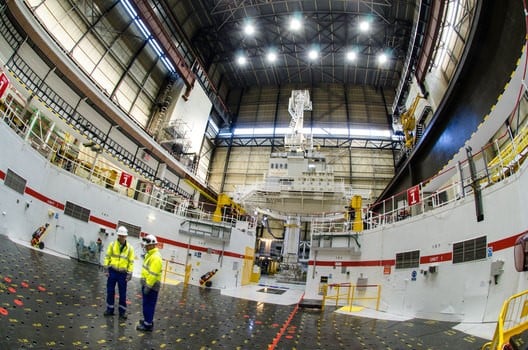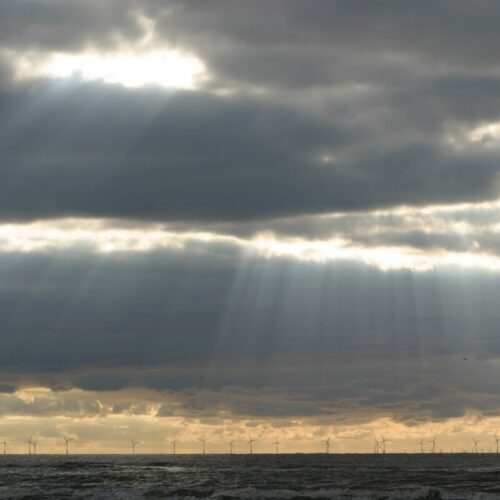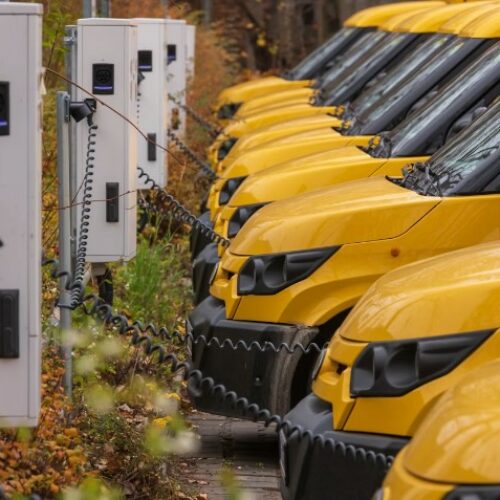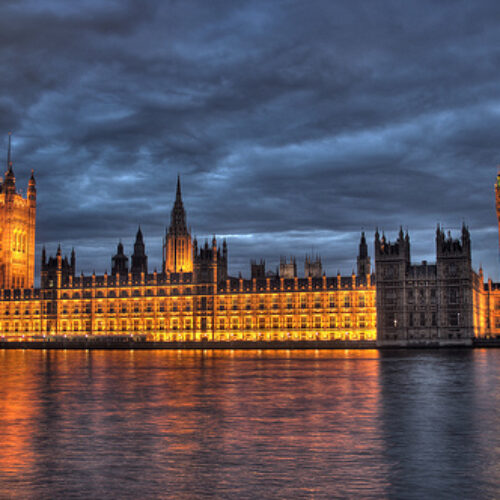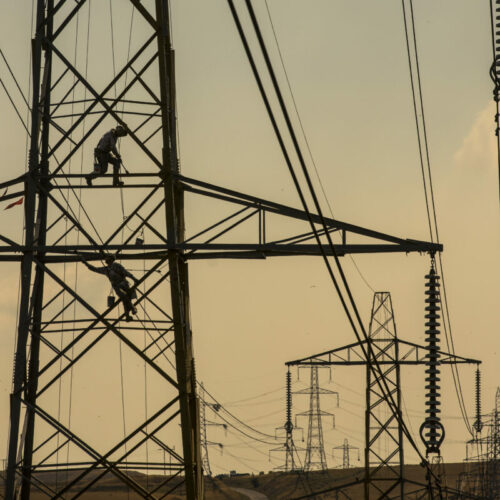EDF is to keep two nuclear power stations online for a further two years, providing an additional 29TWh of electricity.
Heysham 1, in Lancashire, and Hartlepool, in Teesside will now run until March 2026. This follows a review by EDF in 2022, and in particular positive inspections of the graphite reactor cores, which have given the company confidence that it generate electricity for longer.
“Supplying zero-carbon and affordable electricity, whatever the weather, has never been more important than right now. Our ongoing investment and careful stewardship of the UK nuclear fleet since 2009 has allowed us to make today’s decision and helps support the UK’s energy security at this challenging time,” said Matt Sykes, managing director of EDF’s Generation.
“As well as helping the UK reduce its use of imported gas, it is also great news for the 2,000 skilled people whose jobs are supported by these sites and will help preserve valuable technical and operational skills that will be critical as the UK seeks to re-build its nuclear capability.”
EDF took responsibly for the nuclear power stations as part of a wider fleet in 2009, which at the time were due to energy generation in 2014. The company invested more than £7 billion in the fleet at this point to extend their lifespan, and it has output more than 30% above the company’s expectations during this time.
Both assets have been running since for 40 years, with the 1155MW Heysham 1 and 1185MW Hartlepool stations beginning generation in 1983.
EDF is planning to invest more than £1.5 billion to sustain the sites over the next five years (2023-27), ensuring safe and reliable generation and preparing for and delivering defueling.
The continued operation of the sites will boost Britain’s dwindling nuclear fleet, with all but a handful of sites expected to shutter by 2024. As of 2020, there were 13 nuclear reactors at six plants in the UK, generating around 16% of the country’s electricity.
In 2021, the French energy giant closed its Dungeness B nuclear plant seven years early following ongoing technical challenges, as well as officially closing its Hunterston B site after it was taken offline in 2018 due to cracking in its graphite reactor core.
Going forwards, both EDF’s Torness and Heysham 2 are expected to continue generation until March 2028, and its Sizewell B site – the youngest nuclear power plant at 28 years old – is not set for decommissioning until 2035, as well as the continued use of Heysham 1 and Hartlepool.
Additionally, EDF is currently constructing the only new nuclear plant in the UK, Hinkley Point C. At the site in Somerset, the company is constructing two reactors that will have a capacity of 3.26GWe when complete. It has been hit by numerous delays and cost increases however, with COVID-19 having strained the project.
In November, the UK government confirmed a “historic” £700 million investment in EDF’s proposed new nuclear project Sizewell C. This 3.2GW nuclear plant will also be located in Suffolk.
Nucelar is expected to continue to play a key role in Britain’s electricity mix as it transitions to a net zero mix, providing stable generation to complement variable renewables.
